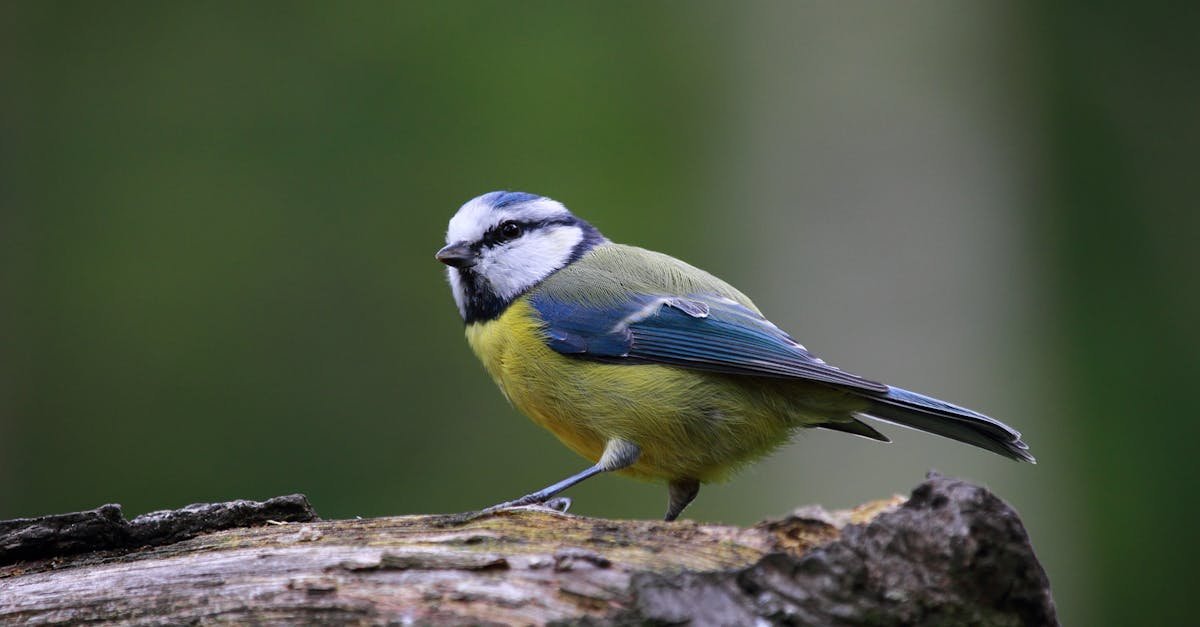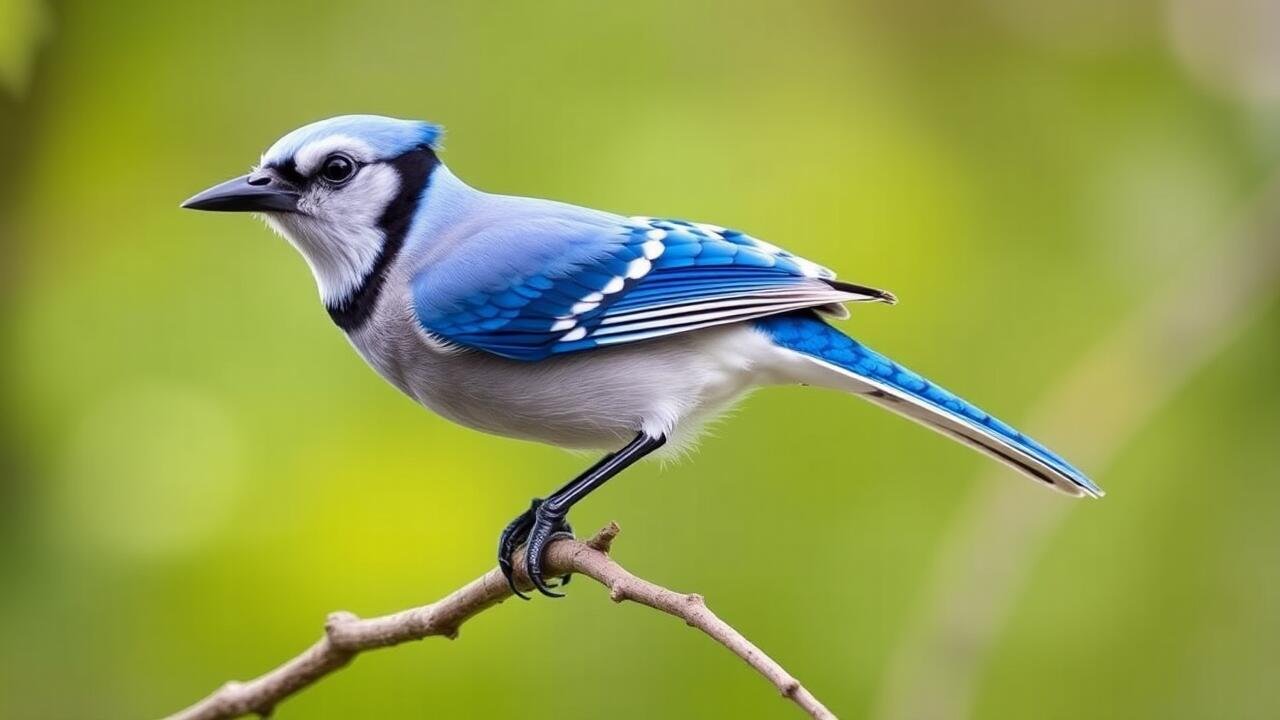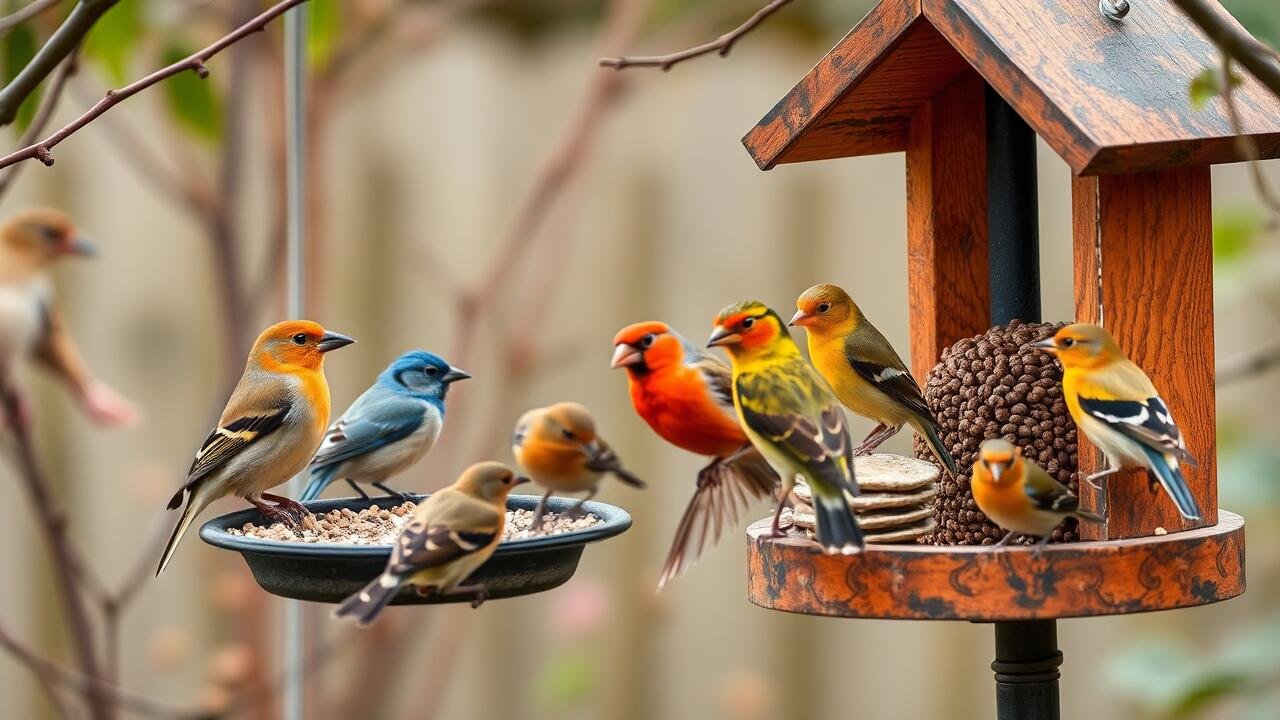Pesticides and Chemicals
Why won’t birds come to my yard? The use of pesticides and chemicals in gardens can have detrimental effects on local bird populations. Many common pesticides are designed to eliminate insects, which are a vital food source for birds. When these chemicals seep into the soil or are washed away by rain, they can contaminate the surrounding environment, making it inhospitable for avian visitors. Additionally, birds may ingest these harmful substances either directly or indirectly through contaminated insects, leading to health problems or mortality.
Beyond direct poisoning, the presence of chemical treatments can alter the availability of natural food sources. Birds are drawn to diverse ecosystems with a abundance of native plants and insects. If a yard utilizes systematic chemical applications, it can lead to a decline in biodiversity. The decrease in insects and the potential loss of native plant species create a less inviting habitat for birds, effectively driving them away. Creating a bird-friendly environment involves reconsidering the use of these chemicals in favor of organic or less harmful alternatives.
Navigate to this website to learn more.
The Effects of Chemicals on Local Wildlife
Pesticides and chemicals used in gardening can have profound impacts on local wildlife, particularly birds. These substances often lead to reduced insect populations, which are a vital food source for many bird species. When the availability of insects decreases, birds struggle to find adequate nutrition for themselves and their young, ultimately affecting their survival and reproductive success.
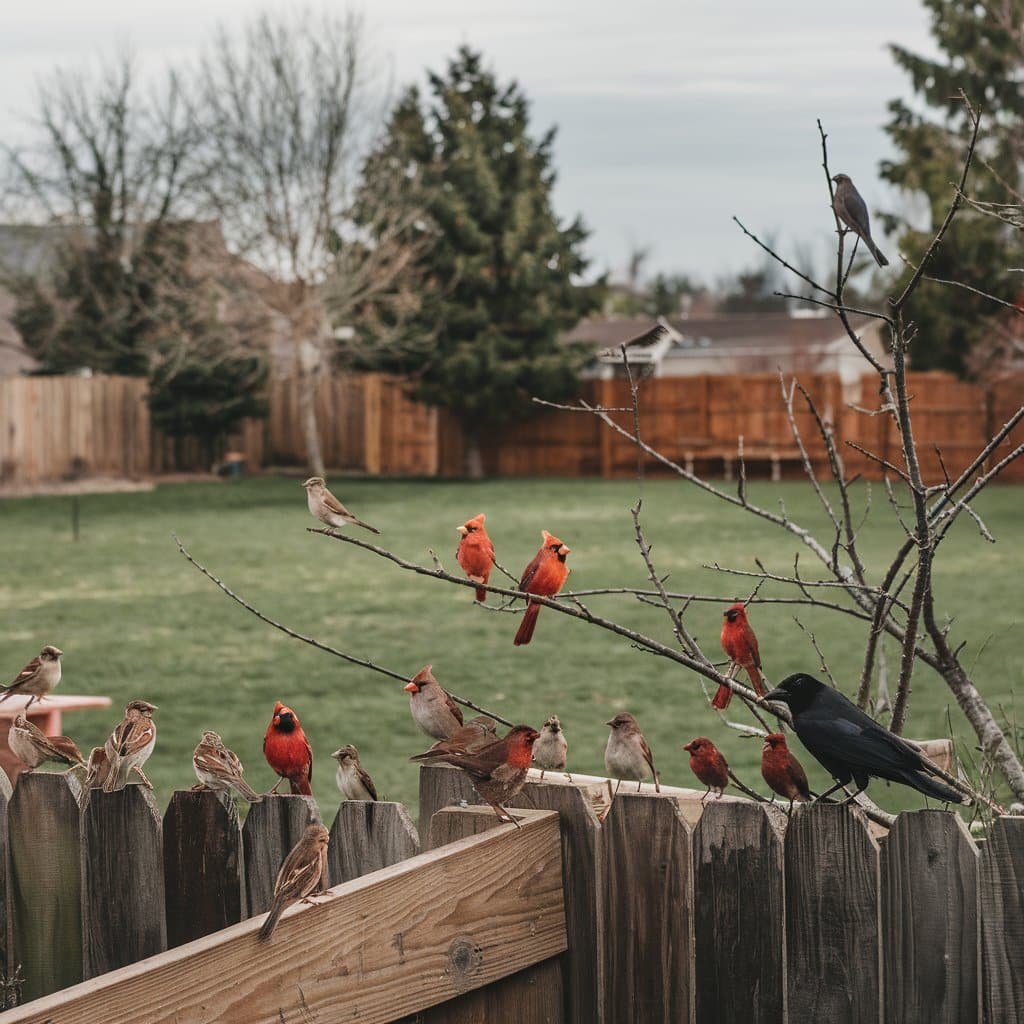
Moreover, chemicals can directly harm birds through exposure. Ingestion of contaminated insects or direct contact with treated plants can lead to toxic reactions. Symptoms can range from disorientation and weakened flight to more severe effects such as internal organ damage. The long-term presence of these chemicals can disrupt local ecosystems, diminishing biodiversity and making the area less hospitable for feathered visitors.
Predator Presence
The presence of predators in your yard can significantly impact whether birds choose to visit. Common predators include cats, hawks, and raccoons. Birds are highly attuned to their surroundings and quickly associate specific areas with danger. If they frequently spot these threats, they may opt to stay away from your yard altogether.
To create a more welcoming environment for birds, it’s important to minimize potential predator interactions. This could involve keeping cats indoors or installing physical barriers to deter raccoons. Additionally, choosing specific landscaping features may help. Dense shrubs and trees can provide shelter for smaller birds, making them feel safer while browsing for food.
Identifying Threats that Scare Birds Away
Birds are highly sensitive to their environment, and certain threats can drive them away from your yard. Common predators such as cats, hawks, and raccoons can create a sense of danger, making birds hesitant to visit. If nearby open spaces or trees are populated with these predators, your yard may become less appealing. Additionally, unnatural elements like sudden loud noises or movements can trigger flight responses in birds, leaving them wary of returning.
Another significant factor is the presence of invasive species. Non-native birds or animals can outcompete local wildlife for food and nesting areas, creating a hostile environment for indigenous birds. Even domestic pets, such as dogs or cats, can unintentionally scare off local avian visitors. Assessing your yard for these potential threats may help create a more welcoming atmosphere for birds.
Landscaping Choices
Effective landscaping can significantly influence the variety of bird species that visit your yard. Providing diverse plant life creates a suitable habitat. Native plants are particularly valuable as they offer food and shelter adapted to local wildlife. Incorporating a mixture of trees, shrubs, and flowers can attract a wider range of birds. Food sources such as berries, seeds, and nectar-rich blossoms are beneficial for inviting different bird species.
Another important aspect of landscaping involves creating safe spaces for birds to forage and nest. Dense shrubs and trees provide protective cover from predators while offering nesting opportunities. Incorporating water features like birdbaths or small ponds can attract birds, especially in warmer months. The combination of food, shelter, and water encourages bird activity in your yard, creating a more inviting environment for these creatures.
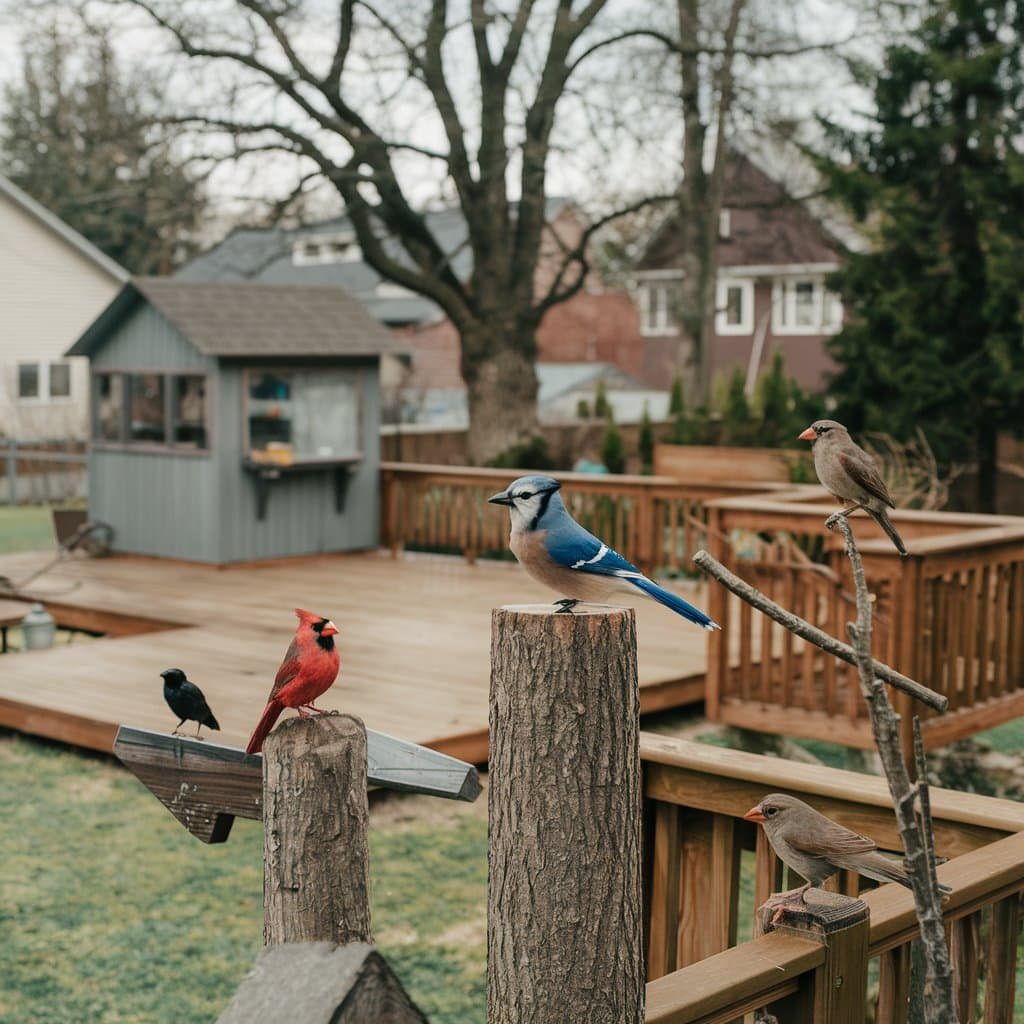
Plants That Appeal to Bird Species
Choosing native plants is essential for attracting a variety of bird species to your yard. These plants are well-adapted to the local climate and soil, offering the essential resources that birds need. Native flowering plants like coneflowers and black-eyed Susans provide nectar for hummingbirds and other pollinators. Additionally, shrubs like elderberries and serviceberries yield fruits that many birds consume, making your garden a desirable stop for feeding.
Providing a range of trees can also enhance the appeal of your yard. Oaks and pines are known for hosting a diverse array of insects, serving as a food source for insectivorous birds during nesting season. Incorporating plants that offer shelter, such as dense shrubs or thorny bushes, creates safe spaces for birds to rest and nest. By creating an inviting habitat with varied vegetation, you increase the likelihood of attracting different bird species throughout the seasons.
Be sure to go on over and check out The Complete Guide to Wild and Pet Bird Care: Tips, Products, and Resources
FAQS
Why are birds not visiting my yard?
Birds may avoid your yard due to the presence of pesticides and chemicals, high predator activity, or landscaping choices that do not attract them.
How do pesticides affect birds in my yard?
Pesticides and chemicals can harm local wildlife, leading to reduced bird populations. Birds may avoid areas where these substances are present due to health risks.
What types of predators can scare birds away?
Common predators that can deter birds include cats, hawks, and raccoons. Their presence can make birds feel unsafe and lead them to seek shelter elsewhere.
How can I make my yard more appealing to birds?
To attract birds, consider planting native plants that provide food and shelter, reducing chemical use, and creating safe spaces for them to thrive.
Are there specific plants that attract birds?
Yes, plants such as sunflowers, coneflowers, and berry-bearing shrubs are excellent choices that can attract various bird species to your yard.
Related Links
The Ultimate Guide to Attracting Birds to Your Backyard
How do you attract birds to your backyard?
Is it good to have a lot of birds in your yard?
What scents attract birds?
What bird food attracts the most birds?
What smell do birds hate the most?
What color attracts most birds?
What liquid attracts birds?
What do birds love the most?
How do you call birds to your yard?
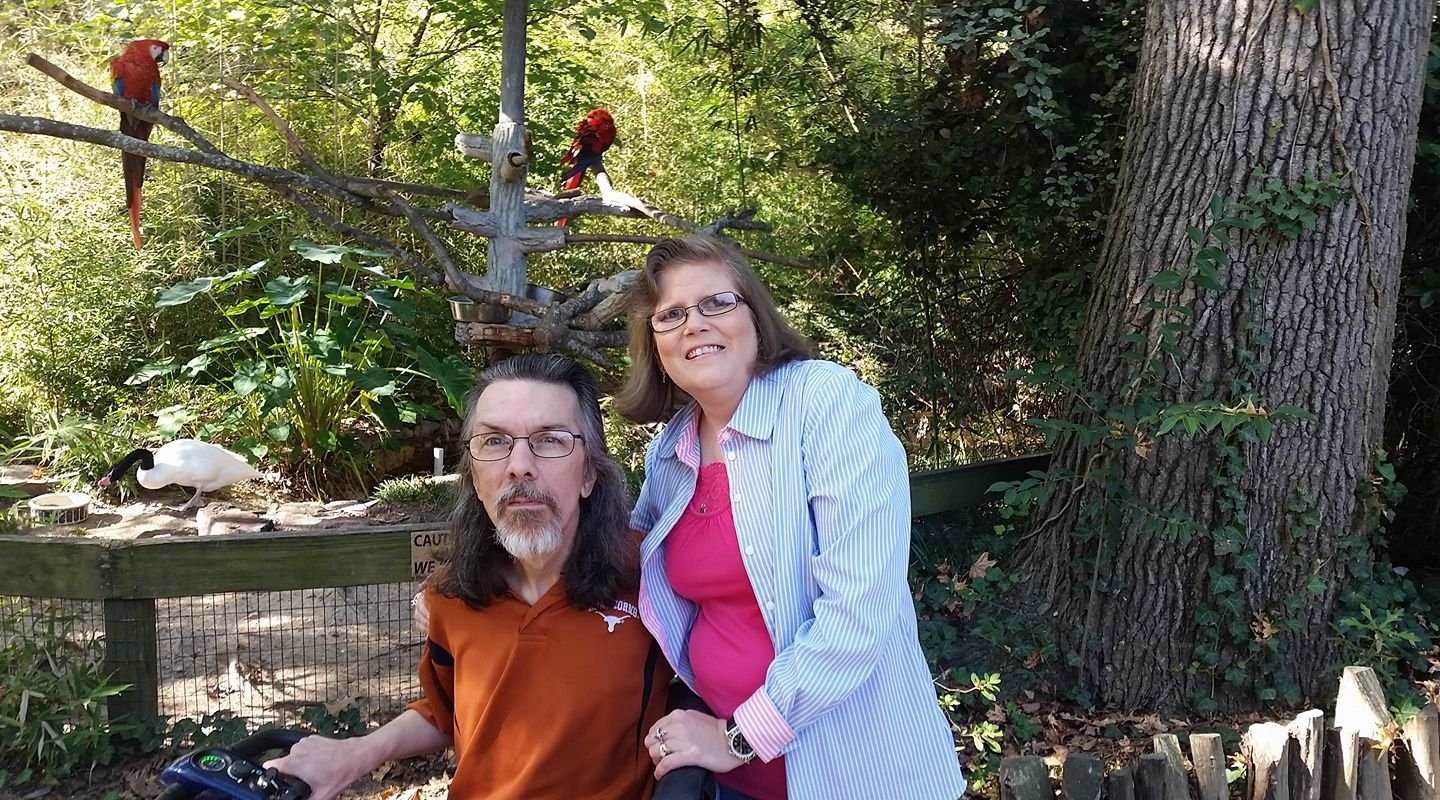
My name is Shane Warren, the author behind Chirping Birds Hub – your ultimate guide to the wonderful world of birds! Unleash your inner avian explorer as we delve into a vibrant library of knowledge dedicated to all things feathered. From learning about diverse bird species from across the globe to understanding their captivating habitats and behaviors, I’m here to fuel your passion for these magnificent creatures. Not only that, but I also provide valuable insights on being a responsible and informed pet bird owner. Join our vibrant community and let’s celebrate the feathered wonders of the world together – one chirp at a time.
